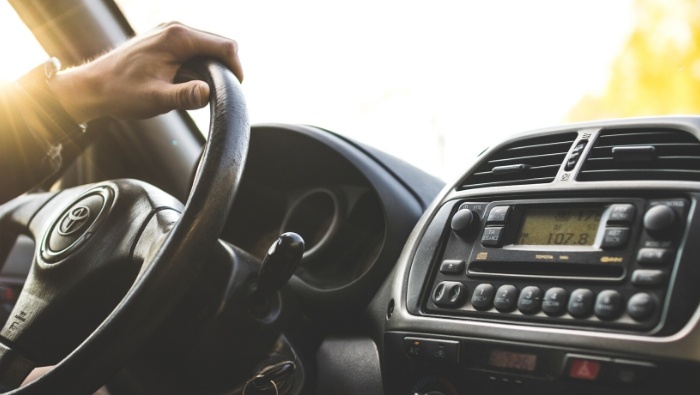5 Ways To Reduce the Cost of Owning a Car

Sure, buying a car can be pricey, but car ownership can be more expensive than the purchase if you don’t take these steps to keep costs down.
Buying a car is expensive enough, but most people would agree that owning a car is far more taxing on one’s finances, with unexpected repairs, gas money, parking fees and traffic summons quickly adding up.
We take a look at five unique things you can do to make owning a car cheaper.
1. Use OEM (specification) spare parts instead of branded originals.
OEM stands for Original Equipment Manufacturer. Original spares typically come at premium prices, while OEM specification spares (sometimes referred to as “third party spares”) are usually at much lower prices, minus the fancy logos and engravings. Everybody’s favorite knockoff capital in Asia produces loads of OEM specification spares, which you can easily order online (although many will come with instructions in Chinese or very bad English translations).
OEM spares can range from side mirrors to axles to headlight assemblies. You would have to be careful and exercise some due diligence, though, and only order from reputable sellers or ask your workshop to make the order for you. You wouldn’t want to save money on poorly made critical components like brake calipers that could fail when you need them most.
Sign Up for Savings
Subscribe to get money-saving content by email that can help you stretch your dollars further.
Twice each week, you'll receive articles and tips that can help you free up and keep more of your hard-earned money, even on the tightest of budgets.
We respect your privacy. Unsubscribe at any time.
2. Test fuel efficiency.
Do you decide on what gas to use depending on what the latest and flashiest advertisements say? Or do you depend on recommendations from friends? Or maybe you choose the brand based on the color of the logo? Or maybe you are a little more educated than most and use octane ratings?
Don’t try too hard to guess the right way to do it from the options above. They are all not recommended.
In reality, the best way to check what brand and type of fuel is optimal for your vehicle (in terms of fuel efficiency) is to actually test it out by measuring fuel-to-mileage ratios.
Different driving styles (aggressive vs. gentle), different road conditions (heavy traffic vs. light highway cruising), and different vehicles all contribute towards different rates at which car engines consume gas. What’s optimal for you may not be optimal for your neighbor, even if you both drive the same make and model. That’s why so many people swear by different types of gas because, in reality, they all could be right!
3. Preventive maintenance pays.
There is a big difference between preventive and corrective maintenance. Preventive maintenance refers to routine servicings and checks while corrective maintenance refers to sending the car in for repairs after something has already broken.
While you may be tempted to try to save money by skipping seemingly unnecessary routine servicing appointments, this can (and usually will) result in expensive repairs later on. For example, a routine schedule can bring to your attention leaking engine oil or cracked coolant pipes early when minimum or no damage has been done. If left undetected, these faults will result in seized pistons, which will require full engine overhauls to rectify.
4. Know your machine so auto mechanics don’t cheat you.
Most vehicles are pretty hardy. Yet, because cars consist of several systems working together and each system consists of several moving parts, wear and tear can set in very quickly.
An experienced mechanic can tell you the parts that need changing and which can be used despite being in a bad state of wear and tear.
An enterprising mechanic, however, will probably try to make you change everything. This is when it is important to know your vehicle and some basic auto mechanic concepts or at least patronize a mechanic with a reputation for honesty.
For example, if your mechanic tells you that your brake discs need to be changed because they are warped, you ought to know that this is probably not true because your car comes to a halt smoothly with no sudden jerks or unevenness.
5. Keep your car aerodynamic.
It seems simple enough, but most people don’t realize that by driving with windows wide open, they are creating strong wind resistance and that the engine needs to burn through more gas to overcome the additional forward-moving resistance. Open windows just enough to allow sufficient circulation (if you don’t prefer using the air-conditioner). Also, keep drag low by keeping tires inflated to recommended pressures. Keeping air resistance and drag low will improve fuel efficiency and this will translate into additional savings for you.
We went over five unique methods to reduce the cost of car ownership. You can now look forward to treating yourself with the extra money you will save every month!
Reviewed January 2024

